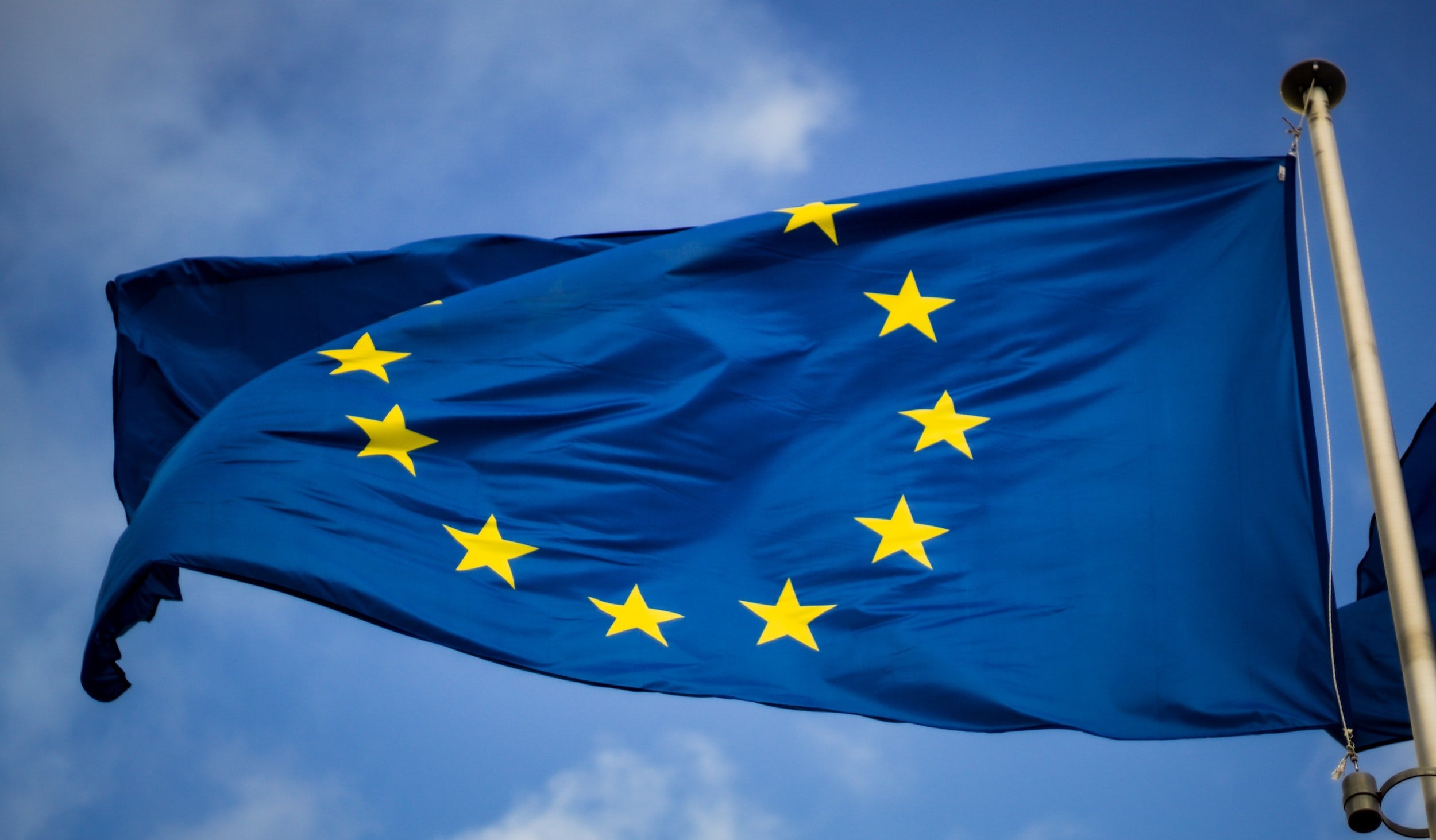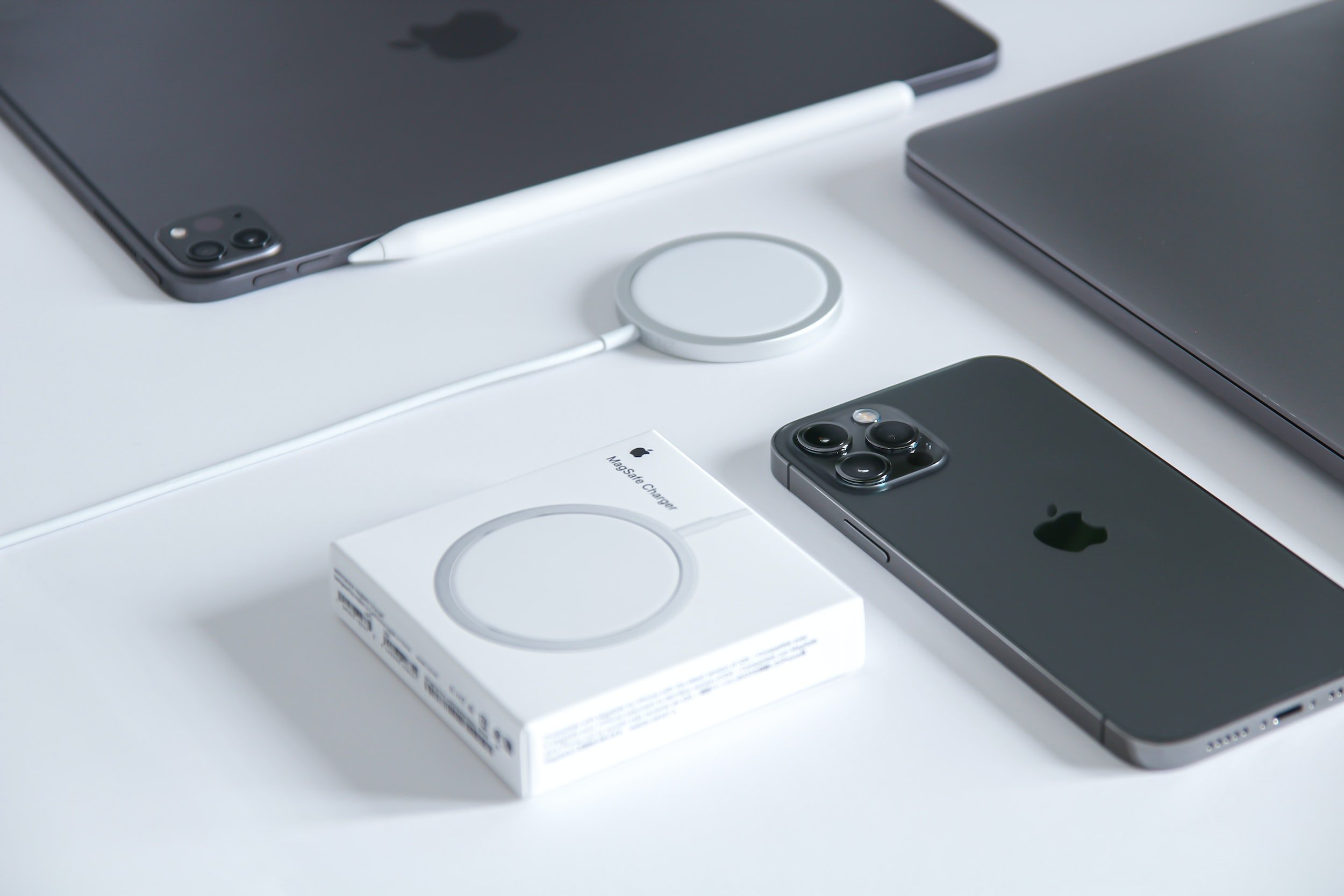Why is iPhone still missing USB-C?
Welcome, iPhone 14!
Apple just launched their iPhone 14 with satellite emergency services, crash detection, an A15 chip, camera improvements and more.
One of the most coveted features, and easiest to implement is however still missing: a USB-C charging port.
Competitors have already switched to USB-C, but Apple is lagging behind. To understand why, we need to look back.
The billion dollar plug
Back in 2012, iPhone was still using the old wide plug inherited from the first iPods. There was no USB-C, only Micro-USB as an alternate standard for smartphones. None of the solutions were particularly satisfactory.
Then, in September 2012, Apple launched its Lightning plug. It was small and elegant, and it and could be plugged in both ways with a reassuring click. This was a small technological step in the wider context, but a great leap for the customer experience. And for Apple, it was a great economic success.
As Apple own the patents and trademarks for the Lightning standard, they can control its use. This allows them to both set quality standards, and get paid for all use.
Their fee is about four US dollars per product sold. A small sum in isolation, but when multiplied by the number of Apple accessories sold, this makes the Lightning plug a billion-dollar industry.
Two threats
In 2022, the Lightning market is threatened on two fronts:
Demands from customers; and
Regulation.
Increased use of USB-C makes this plug preferred by customers. It is more versatile, with the same satisfactory ease of use as Apples Lightning plug.
Back in June 7th, 2022, the EU adopted USB-C as a mandatory common standard for all mobile chargers. By autumn 2024, USB-C ports will be the standard for all new mobile phones, tablets, digital cameras, headphones and portable speakers. Similar rules are being implemented by Brazil, and other regions are likely to follow.
But Apple has seen this coming…
What now, Apple?
Apples chargers are already USB-C compatible, but you still need Ligthning cables for your iPhone and accessories. The most likely outcome is that Apple eventually capitulates and introduces USB-C on all products, but probably not before they have to.
In the meantime, they are laying the foundation for a new propriatary charger-based industry built on patents and trademarks.
“Wireless” Qi charging is spreading, but has some challenges. Qi has low charging power, and is highly sensitive to the phones placement on the charger. Further, Qi charging through phone cases can be difficult.
By combining established technologies in new ways, Apple are creating unique and desirable products, ensuring ownership along the way using patents, trademark and design.
With the re-launch og their MagSafe brand, their Qi-solution provides improved wireless charging using magnets to ensure the alignment of the phone and charging pad. With this MagSafe offers rapid Qi charging, even through phone cases. The solution is not revolutionary, but an easy and secure solution that makes charging Apple’s products more fun, while being secured with patents and other rights they own.
Magsafe is a fine charging solution in its own right, but the real benefit lie ahead. If Apple goes to pure Magsafe charging, the phone won’t need any plugs at all. This removes the last opening in the iPhone, letting Apple offer improved water- and dust proof product.
Even greater than these practical benefits, may be the less tangible feelings such a design can evoke — If the iPhone 15 Pro launches with no plugs, the less sleek competing designs with openings, may look dated.
iPhone 14 took another step in this direction, removing the SIM-slot for all US models with eSIM, removing the last physical opening except the charge port.
A new billion-dollar industry?
MagSafe wireless charging may let Apple bypass EU requirements for USB-C, while creating a new billion-dollar industry for MagSafe accessories.
The benefits in doing this, must of course be weighed carefully by Apple against the cost of not giving customers the USB-C plug they want here and now.
This use of rights may seem cynical, but proprietary solutions do promote improvements. By ensuring exclusivity, Apple has reaped the benefits their invention provided, and just as important, they have ensured that compatible equipment works as it should, protecting their brands reputation.
Further, the market will always keep the rights in check. Apple cannot force MagSafe on their customers, unless they provide an experienced advantage customers want.
Hi!
You have just read a text from Zipip.
Please subscribe to Zipip’s newsletter for regular updates.
Securing intellectual property (IP) can seem expensive and confusing. Guidance from professionals can feel like a sales pitch, and solutions are complicated and expensive.
This is why I started Zipip – Our services let you build and own your competitive advantages safely, with predictable low costs.
Automated where possible, tailored where needed.
Feel free to read more about me and Zipip’s philosophy.






